What Happens In A Golf Ball Fitting?
We sent Digital Editor Neil Tappin to find out what happens in a golf ball fitting
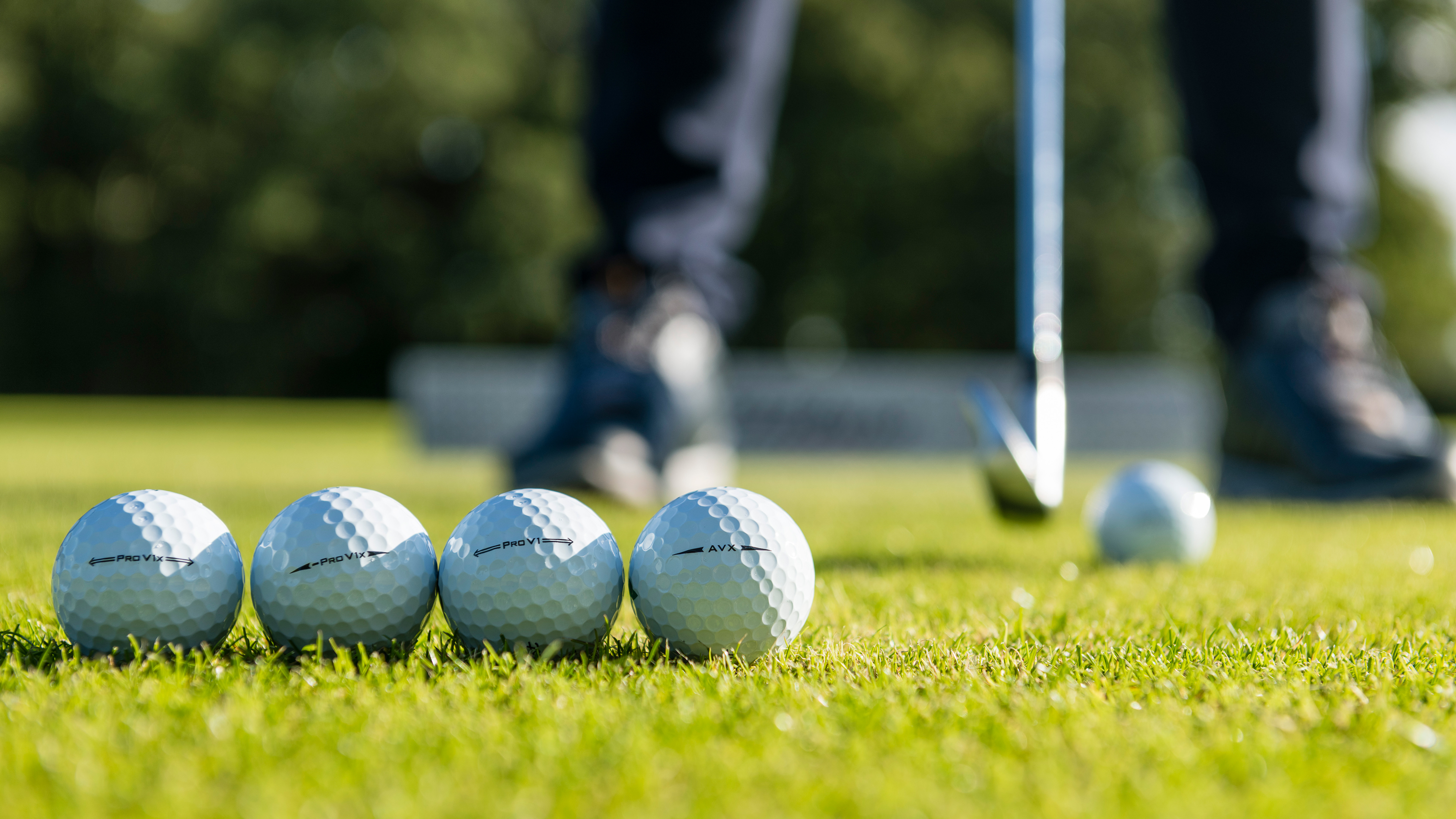

While most golfers will have either been to a club fitting themselves or know of someone who has taken the plunge, many will be unaware that the same service is available when it comes to golf balls.
It might not be widely known but being fitted into the right ball plays a massive role in maximising a golfer's potential. And whether that's something that launches high with less spin or a lower-flighted model, there are options on the market for everyone.
Watch the video below to find out what happened when we sent Digital Editor Neil Tappin to the Titleist Performance Centre at Woburn for a one-on-one with Titleist Golf Ball Specialist Tom Hiscock...
What happens in a golf ball fitting?
50-yard shot
Starting with a 50-yard shot, the fitter (Tom, in this case) wants to ensure the conditions are optimal for creating maximum spin. That means cleaning and drying each ball before use, as well as placing it in a good lie.
Moisture and other debris that builds up during a round will take spin off the ball, which is why you want a model to help maximise it for your game.
From there, it's imperative to feedback the strike on each shot to ensure a reliable set of findings are returned.
In the video, Neil tested the Titleist Pro V1 and the Velocity ball to see what the differences were in the launch data.
Subscribe to the Golf Monthly newsletter to stay up to date with all the latest tour news, equipment news, reviews, head-to-heads and buyer’s guides from our team of experienced experts.
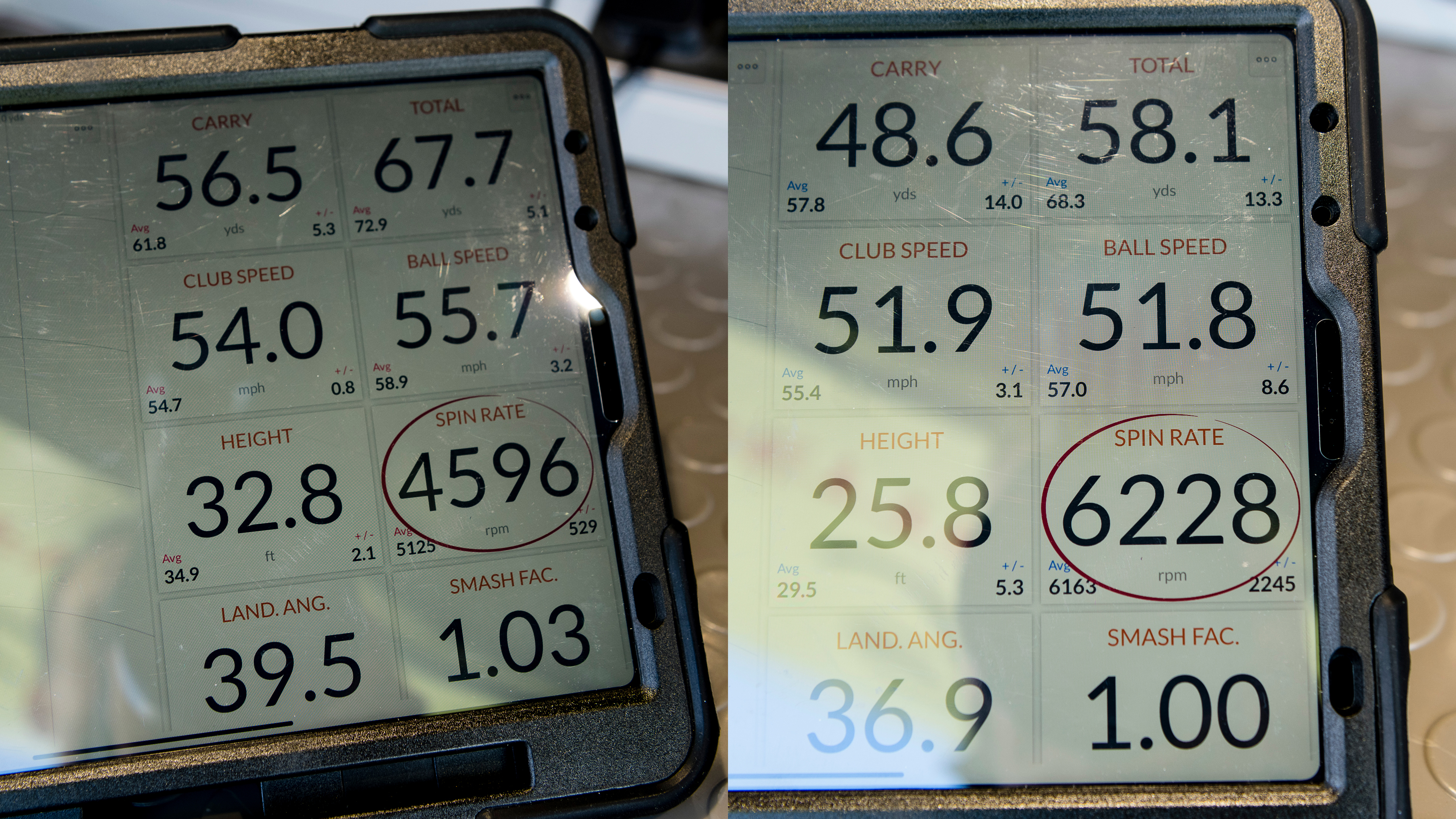
The Velocity (left) flew higher but produced considerably less spin than the Pro V1 (right)
Neil's fitting: The Pro V1 came out lower and with significantly more spin than the Velocity. That meant that, despite the shallower landing angle, he was able to stop the ball quicker, even with the wind behind him.
Full wedge shot
The key things Tom is looking for here are the spin, peak height and landing angle. When it comes to this part of the game, having control over your ball is absolutely key.
Check out the video above to find out what ball suited Neil when hitting a full pitching-wedge.

Like with the 50-yard shot, it's a blind test so Neil had no idea what Titleist model he was hitting when. However, the performance of the first ball informed Tom which direction to go in next.
The PGA Tour average for spin with a full wedge is around 9,300rpm, with anything above 8,500 a good number for recreational golfers.
Neil's fitting: While both the Pro V1 and Pro V1x performed well, it was the Pro V1x that was recommended for Neil due to the extra spin (and stopping power) he was able to generate.
7-iron
The ball-fitting process starts from the green and works back towards the tee to find the model that offers the best performance for the scoring clubs. So, after finding out the best ball from 50 yards and with a pitching-wedge in hand, that brought us on to a 7-iron.
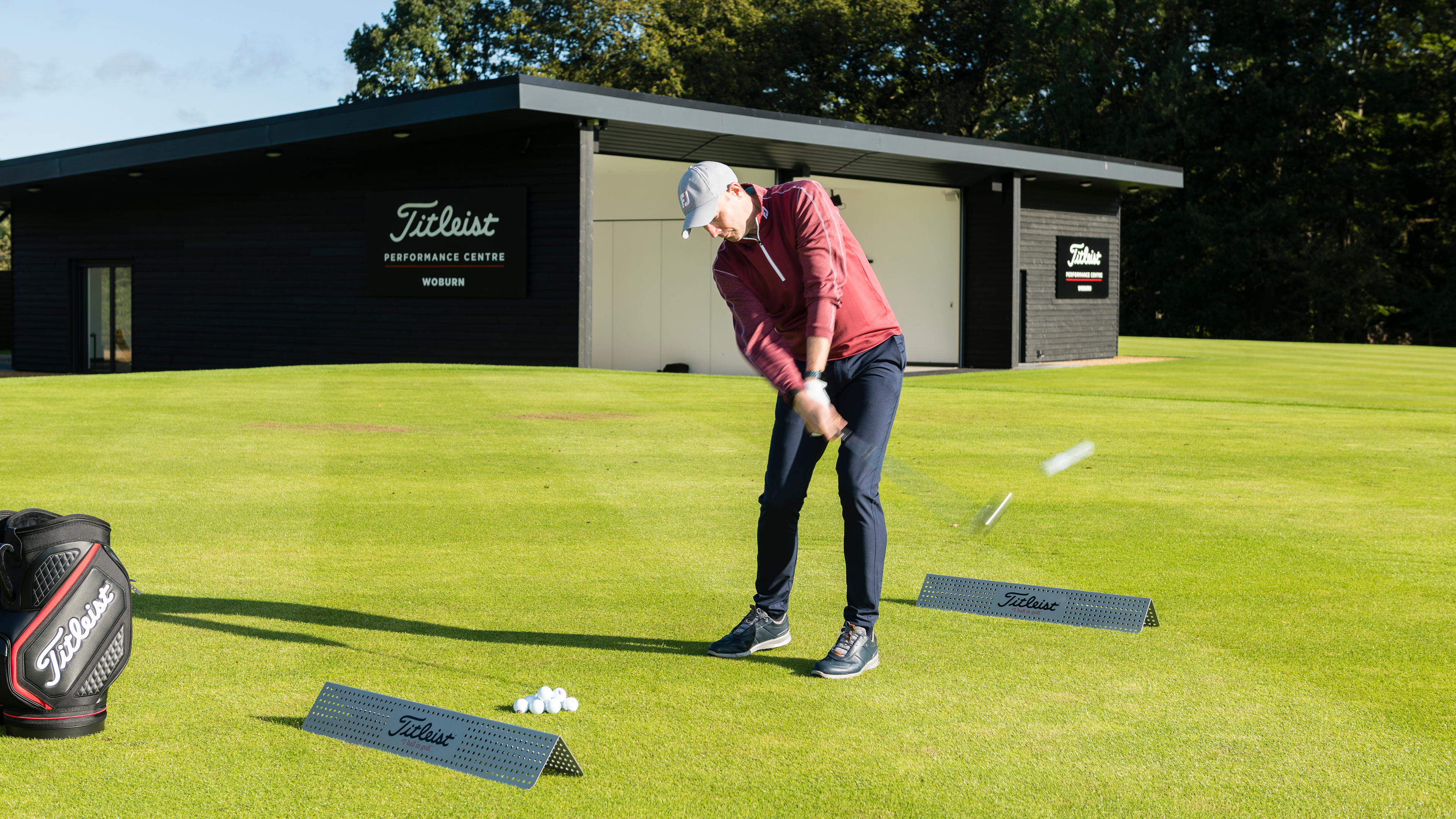
From the fitter's perspective, height and spin are your friends here. The best players in the world always look for more of both, so how did Neil get on testing the four premium balls in Titleist's range?
Neil's fitting: Although the spin rate was at its highest with the Pro V1, the peak height and landing angle were on the shallow side, meaning Neil was once again better suited to the higher-launching Pro V1x. He also tested the Pro V1x left dash and the AVX models with interesting results - check out the video to find out what happened.
4-iron
Believe it or not, this is still considered a scoring club from a fitting perspective. That's because you're still looking to hit the target, so it pays to maximise the stopping power with a long-iron in hand.
Neil's fitting: When struck well, Neil was hitting his 4-iron 75 feet in the air and creating backspin of 4,500rpm with the Pro V1x. Although the total yardage was consistent throughout, on better strikes the carry distance was up to eight yards further, showing the extra stopping power available.
Driver
When it comes to the golf ball, this is the least important aspect of a fitting. This is because Titleist say that each ball in the range is long off the tee and low spinning.
However, Neil did notice some differences in the flight as he tested a range of models.
At this phase, the focus was on the Pro V1x as that was the best-performing ball in the other categories.
Watch the accompanying video at the top of this article to see how the performance compared between the Pro V1x and Pro V1 balls.

Neil's numbers with the Pro V1x were great across the board with the driver
Neil's fitting: With the Pro V1x, Neil was achieving roughly the same peak height with his driver as with his pitching-wedge and 7-iron, which is exactly what a fitter wants to see. In addition, the spin rate, carry distance and total yardage numbers were all in a really good place.
The Pro V1 performed very well but the extra height of the x once again underlined the suitability of this ball for Neil.
Final comments
By the end of the fitting the correct model for Neil's game was clear. The higher flying and spinning Pro V1x will offer Neil the control he needs, especially with his scoring clubs.
However, every golfer delivers the club differently to the ball and that's why Titleist has a range of options and why a golf ball fitting is worth considering.

What Neil went through here was an in-depth fitting but as Tom explains in the video, there are other fitting options available to golfers.
Perhaps the most valuable lesson for Neil was understanding how important it is to focus on the scoring clubs as this is where the biggest gains are to be had.
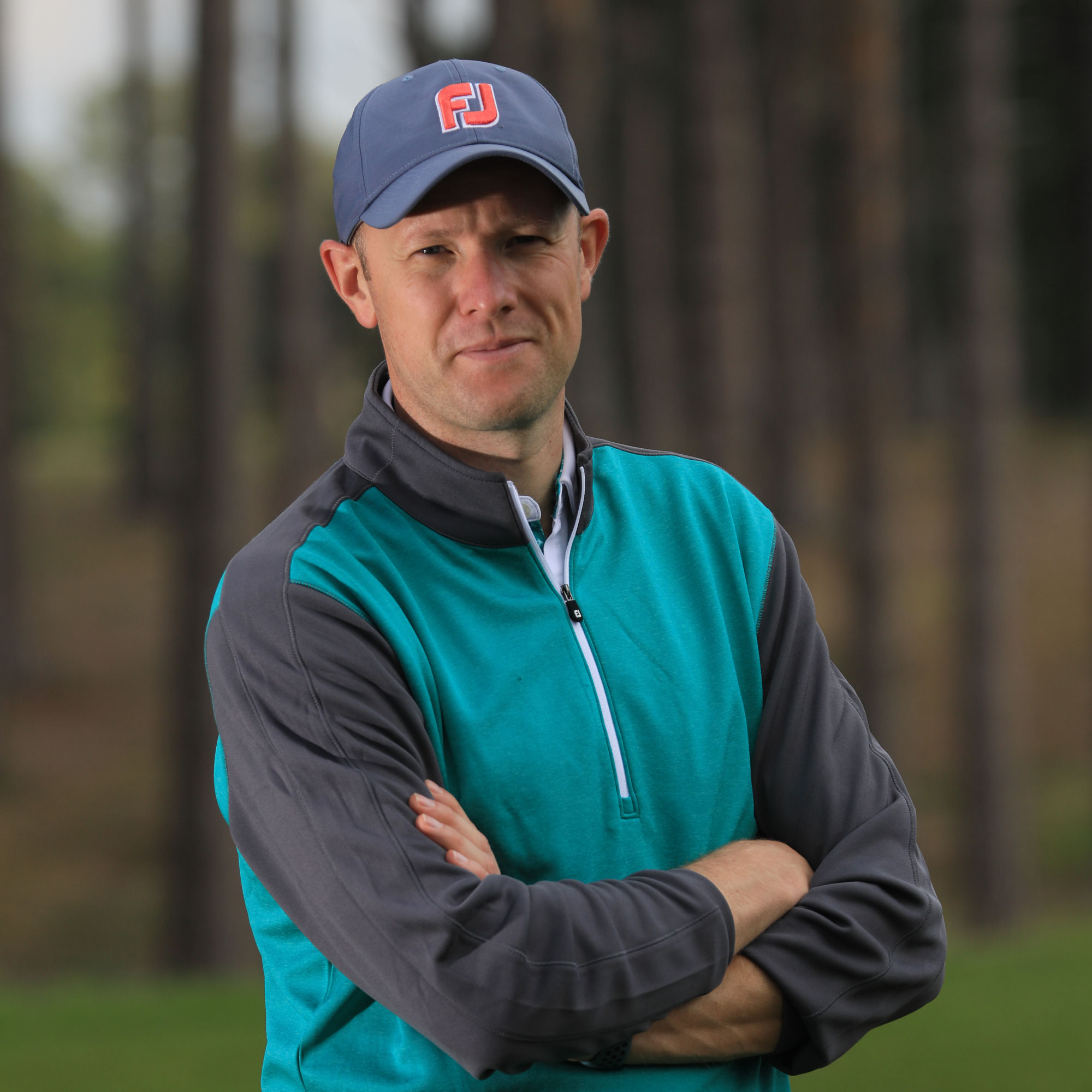
In July 2023, Neil became just the 9th editor in Golf Monthly's 112-year history. Originally working with the best coaches in the UK to produce instruction content, he has also presented many Golf Monthly videos looking at all areas of the game from Tour player interviews to the rules of golf.
Throughout his time with the brand he has also covered equipment launches that date back well over a decade. He clearly remembers the launch of the Callaway and Nike square drivers as well as the white TaylorMade driver families, such as the RocketBallz! If you take a look at the Golf Monthly YouTube channel, you'll see his equipment videos dating back over a decade! He has also conducted 'What's In The Bag' interviews with many of the game's best players like Rory McIlroy, Dustin Johnson and Jon Rahm. Over the years, Neil has tested a vast array of products in each category and at drastically different price-points.
Neil is currently playing: Driver: TaylorMade Stealth Plus Fairway Wood: Titleist TSR2 Hybrid: Titleist TS3 Irons: PING Blueprint S (4&5), PING Blueprint T (6-PW) Wedges: Titleist Vokey SM7 50˚, 54˚, 60˚ Putter: Odyssey Triple Track Ten Ball: Titleist Pro V1X
-
 PNC Championship Leaderboard And Live Updates: Team Kuchar Cruising To Record Victory
PNC Championship Leaderboard And Live Updates: Team Kuchar Cruising To Record VictoryThe family event takes place over 36 holes at Ritz-Carlton Golf Club, with Matt and Cameron Kuchar leading by two strokes going into the final round
-
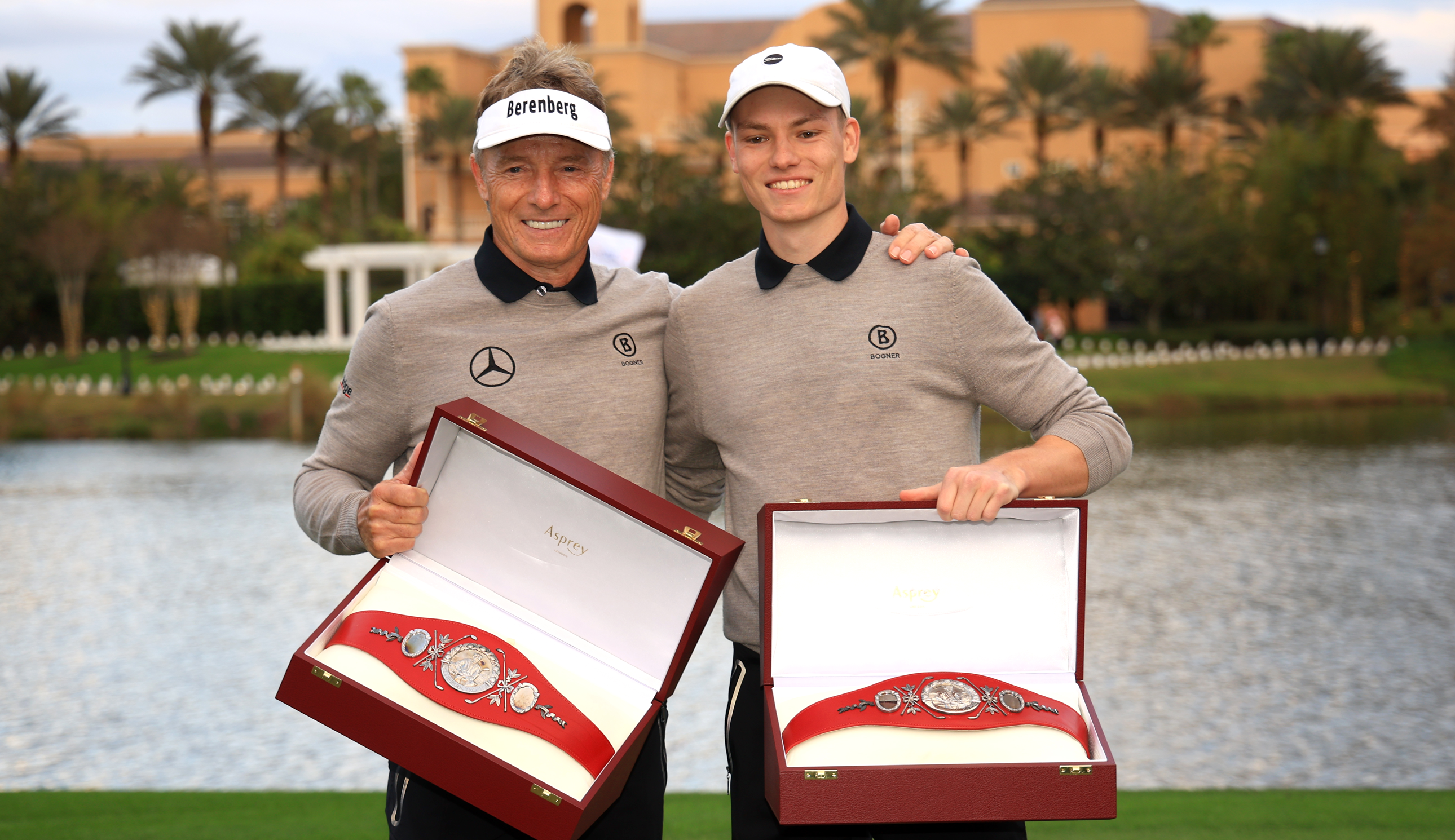 PNC Championship Full Prize Money Payout 2025
PNC Championship Full Prize Money Payout 202520 legends of the game and their family members are hoping to win this prestigious title and the healthy check that comes with it
-
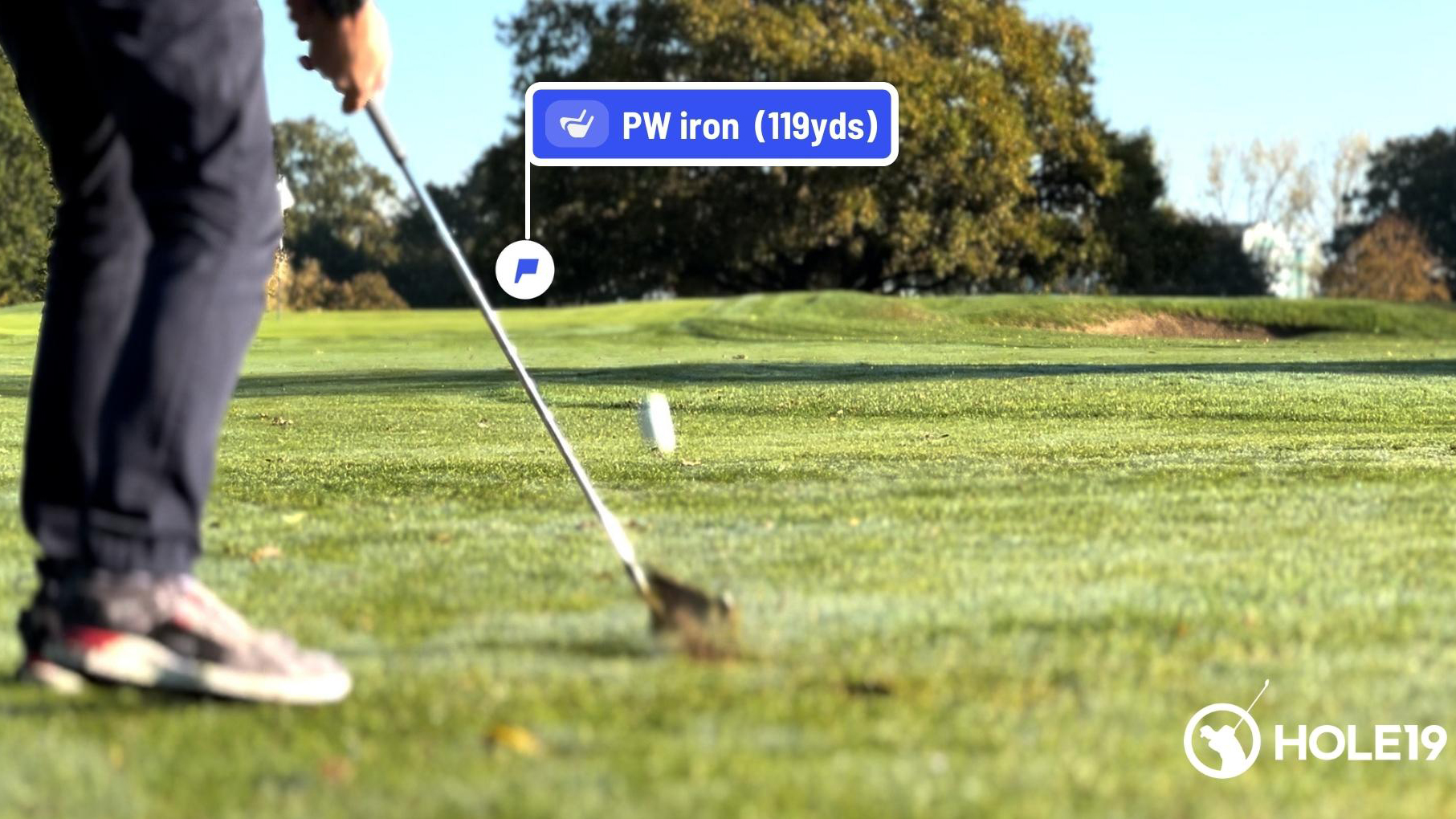 Give Every Shot A Chance With Hole19
Give Every Shot A Chance With Hole19Know your yardage, select the right club and take advantage of good strikes to give every shot a chance with Hole19
-
 Which Titleist Golf Ball Is Right For Your Game?
Which Titleist Golf Ball Is Right For Your Game?We went to the Titleist Performance Centre to find out which Titleist golf ball is right for your game